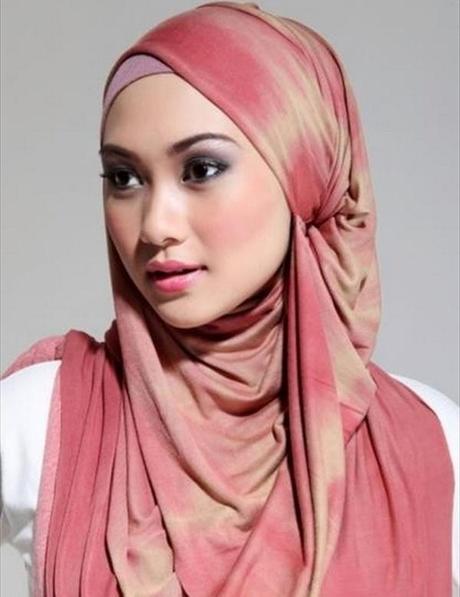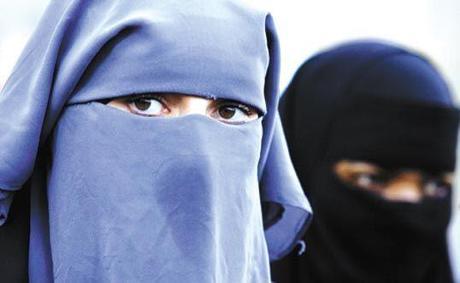Among the Islamic populations, it is common to see women wearing hijabs and burqas. These garments often imply religious identity to those not familiar with the Quran or the Muslim faith.
There are many different opinions on hijabs and burqas. Some have seen hijabs as a sign of oppression and a way to “silence” women. Others have banned the garb or at least condemn it as being associated with an extremist Islamic state. However, to many of the women that wear them, hijabs and burqas are a sign of personal, cultural, and religious identity.
However, before we discuss the reasons for why Islamic women don these garbs, we need to identify the difference between the hijab and the burqa.

Hijab
The hijab is a veil of sorts, usually worn by Muslim women older than the age of puberty. This veil covers the head and chest. The hijab is worn by these women in the presence of males who are not in their immediate family.
In Arabic, hijab literally means “a screen or curtain”.
Hijabs are legally required in the country of Iran. More modern styles have become popular amongst a younger crowd which involves transparent and loosely worn hijabs. Hijabs were not always required by law and in fact, for a period of time, they were actually banned. However, with the collapse of the Pahlavi Monarchy during the Iranian Revolution in 1979, this was reversed.

Burqa
A burqa is similar to the hijab, in that it is a type of veil meant to cover a woman. The difference is the degree in which in covers. A burqa is an Islamic garment that traditionally covers the entire body of women when they are in public.
The women who wear burkas have a small, usually rectangular veil in front of their face. This rectangular portion of the garment is semi-transparent and allows the woman to see, while still keeping her entire body covered.
The burqa is different from a niqab, which is another similar garment. The niqab leaves a slit, so that only the eyes can be seen as opposed to the semi-transparent cloth that covers the face of a hijab wearer.
Why Islamic Women Wear a Hijab
One of the primary reasons a woman wears a hijab is to show modesty, privacy, and morality. The Quran firmly states that women should dress modestly and cover their breasts and genitalia.
One particular verse in the Quran clearly states this.
“And say to the believing women that they should lower their gaze and guard their modesty; that they should not display their beauty and ornaments except what (must ordinarily) appear thereof; that they should draw their khimar over their breasts and not display their beauty except to their husband, their fathers, their husband’s fathers, their sons, their husbands’ sons, their brothers or their brothers’ sons, or their sisters’ sons…”
In that particular verse, the khimar is used to describe the garments to be worn. In fact, a hijab is not ever directly mentioned in the Quran.
As stated before, the hijab is also a legal requirement of Iran along with many other Islamic legal systems. There has also been non-governmental pressure in some countries to coerce women to wear hijabs.Additionally, some women of Islamic culture have worn the hijab to publicly show their religious beliefs as well as a way to reject western influences in dress and culture.
The reasons for wearing a burqa are very similar to those of hijab. While the Quran doesn’t specifically say that a woman’s entire body needs to be covered, it suggests modesty. However, the Quran also doesn’t reject the notion of wearing clothing that covers your entire body.
In Islam, the clothing is cover the entire body with exception to the face and hands. The clothing itself should not be tight enough to describe the body and should not be transparent enough so that undergarments can be seen.
The tradition of wearing a burqa is more closely associated with the local cultures and traditions. While the overall style and coverings of a burqa are similar across the globe, there are distinct differences from local culture to local culture.
Andrew Fujii is a marketing professional with expertise in digital/web and content marketing. He is also a copywriter for multiple agencies producing copy for blogs, articles, websites, product packaging, mobile apps, and more.
https://plus.google.com/u/0/+AndrewFujii2/posts
http://www.linkedin.com/in/andrewfujii/


